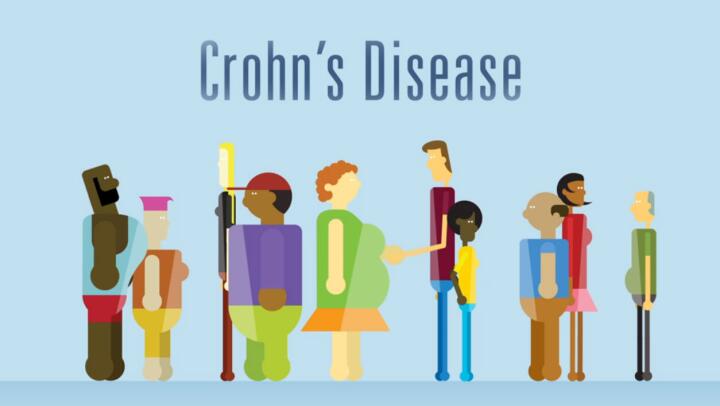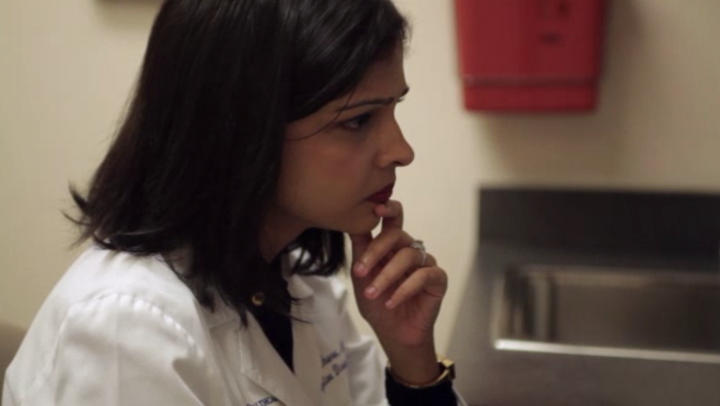Read on to learn more about the causes, symptoms, diagnostic process, and treatments for atrophic gastritis.
What are the types and causes of atrophic gastritis?

Researchers generally split atrophic gastritis into two types based on what causes the condition.
Type A atrophic gastritis
Type A atrophic gastritis, also called autoimmune metaplastic atrophic gastritis (AMAG), develops when your immune system overreacts and interferes with healthy parietal cells in the stomach.
Parietal cells produce stomach acid. By interfering with these cells, AMAG can block the digestive process and lead to vitamin deficiency, particularly vitamin B12, according to
AMAG is
Type B atrophic gastritis
Type B atrophic gastritis, also called multifocal atrophic gastritis (MAG), most often results from a Helicobacter pylori (H. pylori) infection, according to a 2021 research review. The bacteria damage the stomach’s mucosal lining, leading to reduced acid secretion.
Experts believe that H. pylori may spread through contaminated food or water or contact with the body fluids of someone who has an H. pylori infection.
What are the symptoms of atrophic gastritis?
People with atrophic gastritis may not have any symptoms in the early stages,
People with AMAG may experience symptoms related to anemia, including:
- dizziness
- fatigue
- irritability
- insomnia
- depression
- headaches
- heart palpitations
MAG symptoms can include nausea and vomiting that may come and go. Some people may also experience abdominal pain and symptoms of anemia.
How do doctors diagnose atrophic gastritis?
The main diagnostic method for atrophic gastritis is endoscopy,
The endoscopy may show characteristic signs of atrophic gastritis. Per the 2021 review, these include:
- pale mucosal lining
- prominent vessels due to thinning of the mucosal lining
- reduced gastric folds
Doctors may also take biopsies during an endoscopy to examine the stomach cells.
A biopsy involves removing a piece of tissue from the body and looking at it under a microscope. Because atrophic gastritis can increase the risk of gastric cancer, a biopsy can help doctors determine whether or not the cells are precancerous.
If your doctors suspect an infection, they may order blood, stool, or breath tests to see whether H. pylori is present.
Doctors may also order additional blood tests to check:
- levels of pepsinogen, a protein the stomach cells produce
- antibodies that may be interfering with the parietal cells
- low B12 levels
- low iron levels
What are the treatments for atrophic gastritis?
Treatment for atrophic gastritis will depend on the underlying cause.
For people with atrophic gastritis that causes iron or vitamin B12 deficiency, dietary modifications or supplements can help fix imbalances and relieve symptoms, per the 2021 review.
If other autoimmune conditions are present, you may need additional treatments focused on those conditions.
If you have an H. pylori infection, you will need antibiotics. This treatment will relieve symptoms and can also reduce the risk of developing gastric cancer, per
What is the outlook for people with atrophic gastritis?
Early diagnosis and treatment can improve the outlook of atrophic gastritis.
Because people with this condition may be asymptomatic for years, knowing the risk factors and undergoing screenings can aid in early diagnosis and reduce the risk of serious complications,
What are the risk factors for atrophic gastritis?
Per
- new gastrointestinal symptoms in people over age 50
- family history of atrophic gastritis or gastric cancer
- history of pernicious anemia
People at higher risk for H. pylori infections and people who smoke may be at a higher risk of developing the condition, according to the 2021 review.
Certain autoimmune conditions, like diabetes or rheumatoid arthritis, may also make autoimmune atrophic gastritis more likely,
What are some potential complications of atrophic gastritis?
Atrophic gastritis can cause many complications, per the
- gastric cancer
- achlorhydria, or a loss of stomach acid production
- ulcers
- chronic iron deficiency anemia
- hemorrhagic gastritis, or mucosal lining damage that may cause bleeding
Other frequently asked questions
Here are a few other common questions people may ask about atrophic gastritis. Kelsey Trull, PA-C, has reviewed the answers.
How common is atrophic gastritis?
Researchers estimate that atrophic gastritis affects around 15% of the population in the United States. Rates may be higher among groups that are more susceptible to H. pylori infections or gastric cancer.
Is atrophic gastritis serious?
Atrophic gastritis can cause serious complications. One of the most severe complications is gastric cancer. It is essential to begin treatment as soon as possible to lower your risk of developing cancer.
Can atrophic gastritis be seen on endoscopy?
Doctors will be able to see signs of atrophic gastritis on endoscopy. These signs may include paleness of the mucosal lining, loss of gastric folds, or prominent blood vessels, according to the 2021 review.
Can you treat atrophic gastritis naturally?
You may be able to relieve some of the symptoms of atrophic gastritis through natural methods. It may help to boost your iron or vitamin B12 intake through dietary modifications or supplements. You should always contact your doctor before adding supplements to your diet.
Summary
Atrophic gastritis is chronic inflammation of the stomach lining that may result from an autoimmune reaction or an infection. While many people with this condition are asymptomatic in the early stages, others can experience abdominal pain, nausea, or signs of pernicious anemia.
Doctors typically use endoscopy to diagnose atrophic gastritis. They may also conduct a biopsy and order blood tests.
Treatment for atrophic gastritis may involve dietary modifications or vitamin supplements to correct deficiencies. Antibiotics are necessary to resolve H. pylori infection.
Contact your doctor to discuss ways to manage atrophic gastritis.



























